Choosing the right tank mates for your betta can feel tricky. While bettas are known for their aggressiveness, they can live peacefully with the right tank mates. In this guide, we’ll walk you through the best betta fish tank mates, what to avoid, and tips for setting up a stress-free community tank.
Understanding Betta Fish Behavior & Habitat Needs
Where Bettas Come From
Betta fish known as Siamese fighting fish and come from Thailand and Vietnam. In the wild, they live in streams and rice paddies with a lot of plants and hiding spots. That’s why bettas love to live in calm water and tanks with plenty of cover, it feels just like the natural environment
But some people think bettas always like to be alone, that’s not completely true. While male bettas are very territorial, they can actually live peacefully with other tank mates, as long as you give them enough space and a well-planned setup.
Why Their Environment Matters
Before adding another species to your betta’s tank, make sure their current setup is safe and stress-free. Bettas are tropical fish, so they need warm water, and tank mates also enjoy the same conditions. A 5 – gallon tank is the minimum tank size you need, but bigger is always better, especially if you’re adding more fish. Use plants, caves, or decorations to give your betta places to hide, and keep the water calm with a gentle filter.
When their home feels safe and natural, your betta will be more relaxed, active, and even more colorful!
Betta Fish Tank Mates
1. Mystery Snail
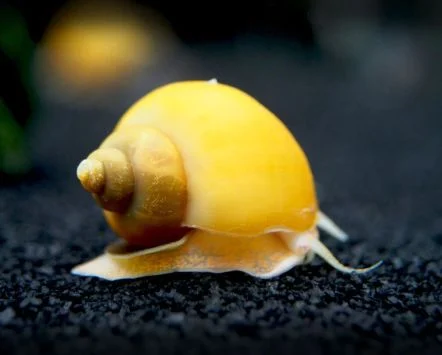
If you’re looking for a tank mate that’s chill, doesn’t need to care, and super helpful, Mystery Snails are a top tank mate for any betta tank! These snails have various colors like gold, blue,… and they do a great job keeping your aquarium clean cause they will eat leftover food and algae.
One of the best things about Mystery Snails is that they don’t reproduce too much, unlike some other snails, so you don’t have to worry about their invasion. They’re also safe for your plants, and usually mind their own business, which makes them become best tank mate for bettas. Occasionally, your betta might check them or give a curious nip, but mystery snails have a strong shell to hide so you don’t need to worry.
They grow to about 2 inches and live for around a year. Watching them glide across the glass or stretch their little siphon to the water’s surface is oddly relaxing—you’ll probably enjoy them more than you expect! Just make sure your tank is at least 5 gallons and has a secure lid, they’re sneaky climbers.
2. Cory Catfish
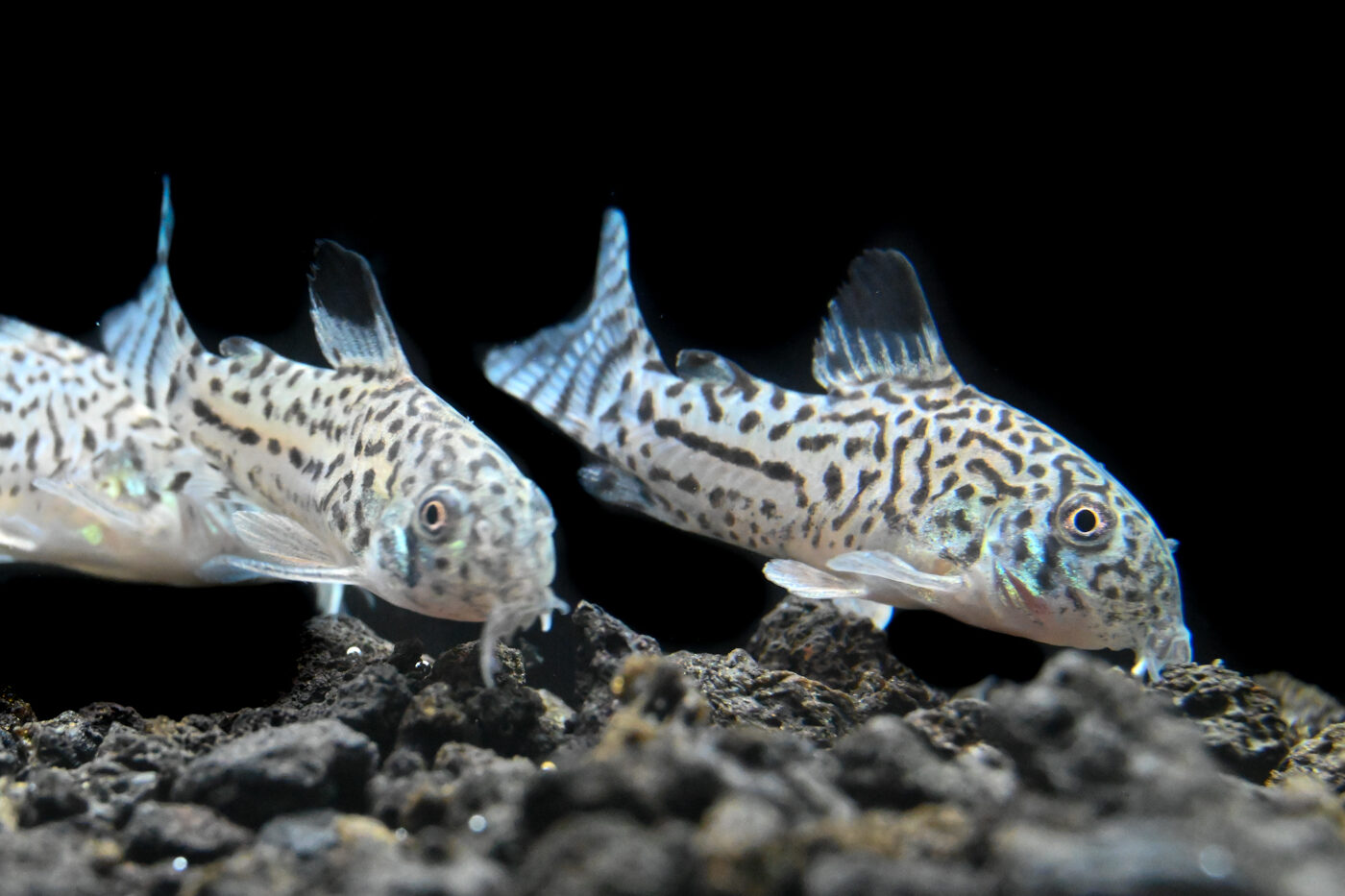
Cory catfish are one of the best tank mates in your betta tank. Because Cory Catfish are peaceful and love to swim at the bottom of the tank so they won’t bother your betta on the top of tank surface. Cory Catfish are social fish, so you need to keep them in small groups of 3 or more to help them feel stable and active
Cory Catfish come in a variety of types like Panda, Julii, and Bronze, and they’re all friendly and easy for beginners. They help clean up leftover food that sinks to the bottom, which keeps your tank cleaner. Just make sure your substrate is clean to protect their delicate barbels.
They stay pretty small, usually around 2 to 3 inches but also do well in tanks that are 10 gallons or larger. With their calm nature and cute, bouncy swimming style, Cory catfish make a great addition to a peaceful betta community.
3. Neon Tetras
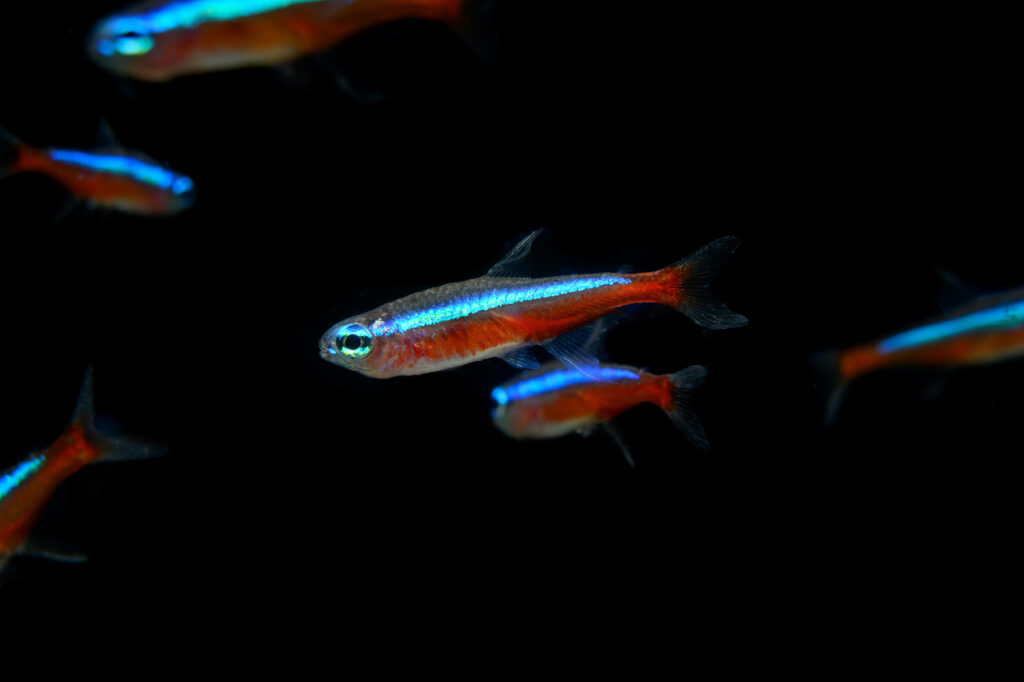
Neon Tetras are a nice choice for betta tank mates. With their bright blue and red stripes, these little fish add more color and movement to your tank. They are also peaceful, fast swimmers that usually stay in the middle of the tank, while your betta prefers the top, so they generally stay out of betta.
It’s important to give them enough space cause Neon tetras do best in groups of 6 or more, and they need a tank that’s at least 10 gallons to prevent stress or fin-nipping. So planted tank with plenty of hiding spots and broken lines of sight helps keep both your betta and tetras feeling relaxed.
As long as your betta has a calm temperament and the tank is properly set up, neon tetras can make fun, colorful companions. Just keep an eye on them at first—every betta has their own personality!
4. Ghost Shrimp
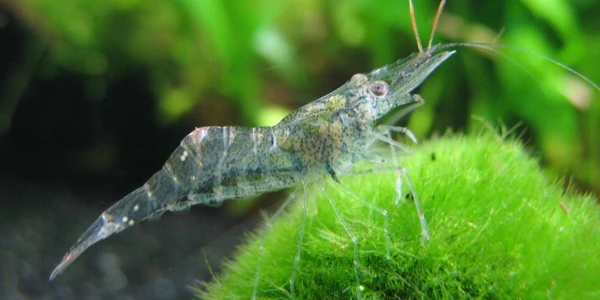
Ghost shrimp are small, clear-bodied shrimp that will be another choice for you if you don’t like fish or snails. These shrimp are scavengers, spending most of their time at the bottom tank looking for leftover food and algae to clean. They’re peaceful, quiet, and almost invisible touch to your aquarium.
Because they’re so small so ghost shrimp usually don’t bother bettas, but be careful that some bettas might see them as a snack, especially if the shrimp are very tiny. To increase their chances of getting along, make sure your tank has plenty of hiding space, like plants, rocks,… It’s best to keep them in a well-planted 5-gallon or larger tank and avoid overcrowding.
5. Kuhli Loach
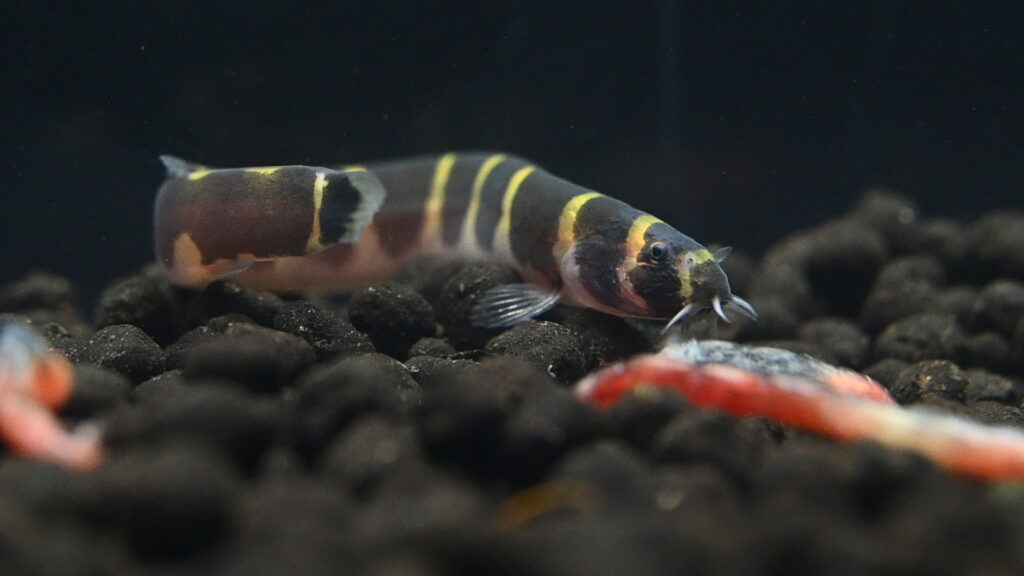
Kuhli Loaches are peaceful, eel-like fish that make great tank mates for bettas, if you’re looking for something different for your tank. These spend most of their time hiding during the day and become more active in the evening. They love burrowing in substrate and squeezing into little caves or under decorations. They will avoid facing your betta for space or food because they stick to the bottom of the tank. Kuhli Loaches are in groups of 3 or more, and they need a tank that’s at least 20 gallons with plenty of hiding spots like plants, driftwood, or caves. A sandy or smooth gravel substrate is best to protect their.
Conclusion
So, can bettas have roommates? Yep—they totally can! You just need the right setup and the right betta fish tank mates. Whether it’s a chill snail, a bouncy little cory catfish, or a noodle-shaped kuhli loach, there are plenty of peaceful buddies that can share a tank with your betta.
Just remember that every betta is different, so go slow, give them space, and keep an eye on how everyone’s getting along. With a little planning and some personality-friendly picks, you’ll have a happy betta and a lively little community tank you’ll love watching every day.





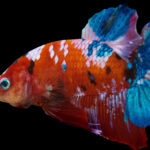
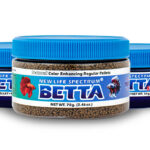

Leave a Reply